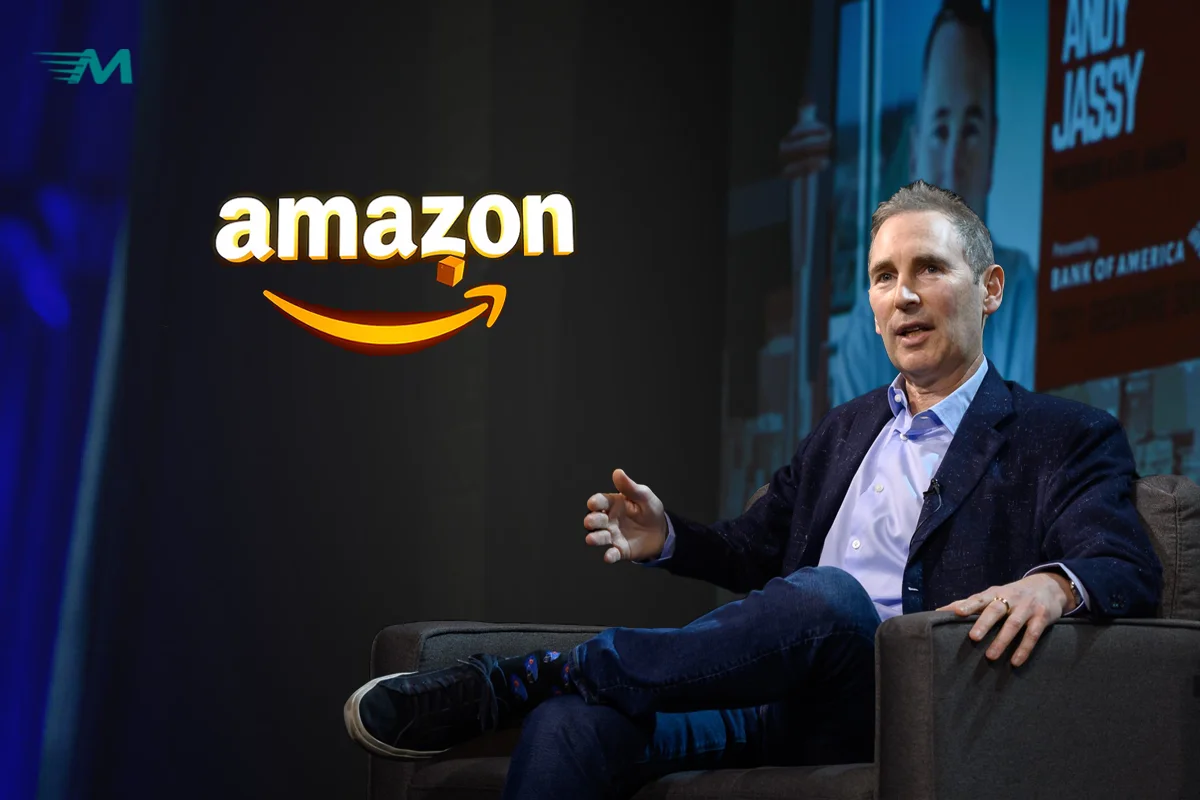Amazon to Cut Corporate Roles Gradually as Generative AI Automates Routine Tasks
In a major strategic update, Amazon CEO Andy Jassy has confirmed that the company will gradually reduce its corporate workforce over the coming years as generative AI technologies continue to take over routine tasks. This development, which aligns with a growing trend among global tech firms, reflects Amazon’s push to leverage artificial intelligence to enhance efficiency, streamline operations, and improve customer experiences.
According to Jassy, generative AI tools and intelligent agents are being implemented across several internal functions. These tools are capable of handling repetitive, process-driven tasks that previously required human input. From customer service automation and internal communications to basic data processing and scheduling, AI is already transforming how work gets done inside one of the world’s largest companies.
Generative AI is not just a support tool; it’s becoming a core part of how we operate,” Jassy said during a recent internal meeting. As we continue to roll out AI-driven capabilities, we expect a natural evolution in our workforce structure.
However, he was quick to address concerns about widespread job loss. Instead of sudden mass layoffs, Amazon anticipates a gradual workforce reshuffling. While some positions may be phased out due to automation, new roles may also be created, particularly in AI oversight, prompt engineering, system training, and technical support. The shift is expected to offer employees the opportunity to reskill and transition into more strategic, value-driven positions.
AI Driving Efficiency, Not Just Cost Cutting
Jassy emphasized that the focus is not solely on reducing costs or eliminating jobs but on making the company smarter and more efficient. AI tools allow Amazon to handle large volumes of work more quickly and with greater consistency.
For example, customer support agents powered by AI can respond to simple queries, freeing up human staff to handle more complex issues. Similarly, internal AI assistants are helping managers automate scheduling, generate reports, and even draft emails or meeting notes.
Industry analysts say Amazon’s move reflects a larger pattern in the corporate world, where companies are no longer experimenting with AI but integrating it into core operations. Microsoft, Google, and Meta have all made similar shifts in the past year, citing productivity gains and new strategic capabilities unlocked by AI.
Workforce Impact and Response
While Amazon has not yet released specific numbers on how many roles will be affected, internal sources suggest that the shift will impact various departments, including HR, logistics, operations, and customer service. The company plans to scale AI deployments gradually monitoring the impact before expanding changes more broadly.
In response, employee groups and labor advocates have raised concerns about job security and transparency. There are calls for Amazon to offer clear reskilling paths and internal support for employees whose roles may be at risk. Amazon has hinted at expanding its internal training programs to help employees move into tech-focused roles or adapt to AI-augmented workflows.
Balancing Innovation with Responsibility
As generative AI continues to evolve, Amazon’s approach signals a careful attempt to balance innovation with workforce responsibility. By announcing gradual role reductions rather than sudden cuts, the company appears to be positioning itself as both a tech leader and a responsible employer.
Experts believe that the future of work at Amazon will be hybrid, combining human creativity and oversight with the speed and precision of AI. This will likely redefine not just how tasks are completed, but also whadeliberate attempt to strike a balance between innovation andt roles are considered valuable in the evolving digital economy.
Conclusion
Amazon’s decision to slowly reduce corporate roles as generative AI takes over routine tasks marks a pivotal moment in the intersection of technology and employment. While it raises important questions about the future of white-collar jobs, it also opens doors for reskilling, innovation, and strategic growth.
As the company navigates this shift, how it manages transparency, employee support, and AI ethics will likely set the tone for similar moves across the global tech industry. One thing is certain: AI is no longer the future, it’s the present. And companies like Amazon are showing how quickly that present is taking shape.



